SUMMARY
This is AI generated summarization, which may have errors. For context, always refer to the full article.

This September, Miagao celebrated another Hablon Festival. The thought of it inspires in me a yearning to see Miagao again. On a visit last year, I fell in love with the charming Iloilo town, and I’ve always told myself I’d return. (READ: Iloilo City: Your complete weekend itinerary)
I’ve encountered many rural townships on my travels around the Philippines, hidden jewels such as Calubian, Leyte or New Israel, North Cotabato. Each place is wonderful in its own way. For me, Miagao is just a bit more special, for beyond the quiet facade, it has unexpected, eclectic delights to offer. (READ: #SharePH #ShareIloilo: Islas de Gigantes, Miag-ao church, Camiña Balay na Bato)
I last visited Miagao a year ago, during their Salakayan Festival. The town’s biggest festival, Salakayan takes its name from a word that means “to attack.” Its highlight is the colorful re-enactment of a historic 1754 battle between the townsfolk and Moro raiders.
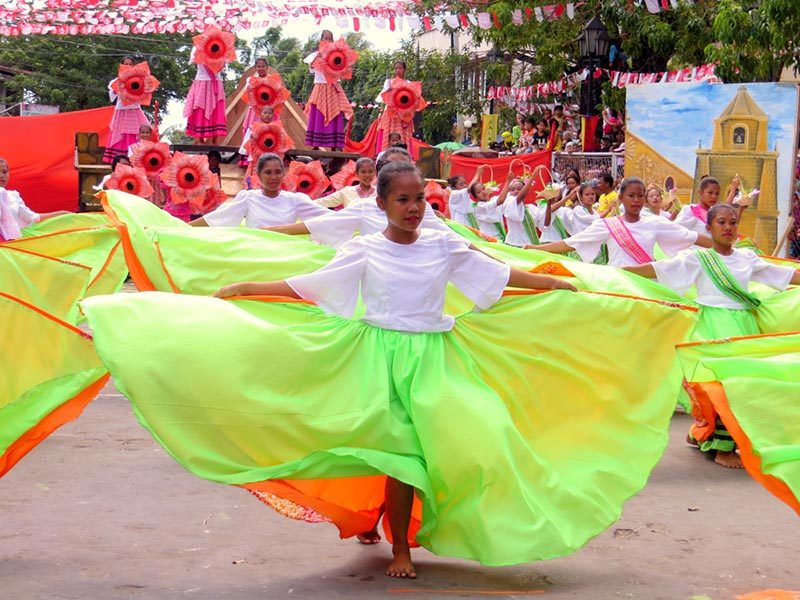
I remember it well. A crowd had gathered on the street alongside cherished local landmark Miagao Church, waiting for the show to begin. One by one, troupes of costumed dancers marched out under the blazing sun. Young women twirled billowy skirts, waving palm leaves and floral wreaths.
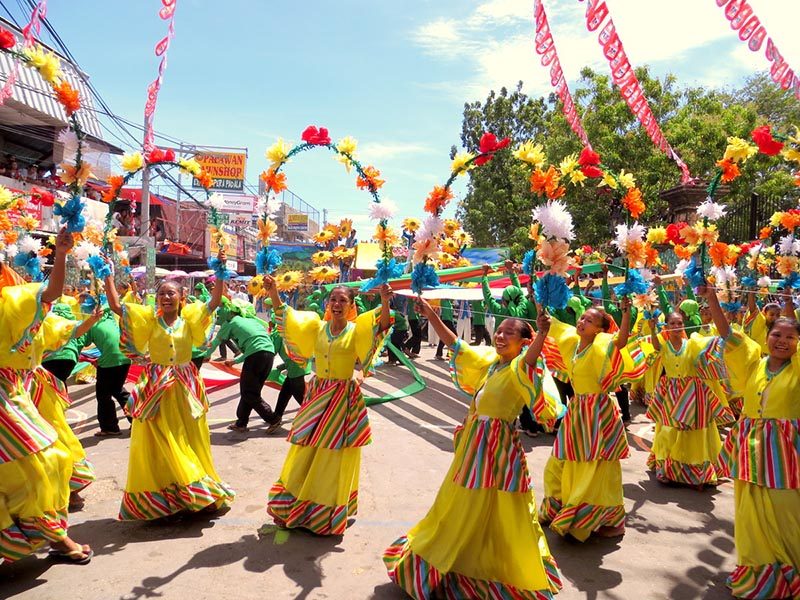
Faux pirates leapt out, wildly brandishing sabers. Painted backdrops revealed a church going up in flames.
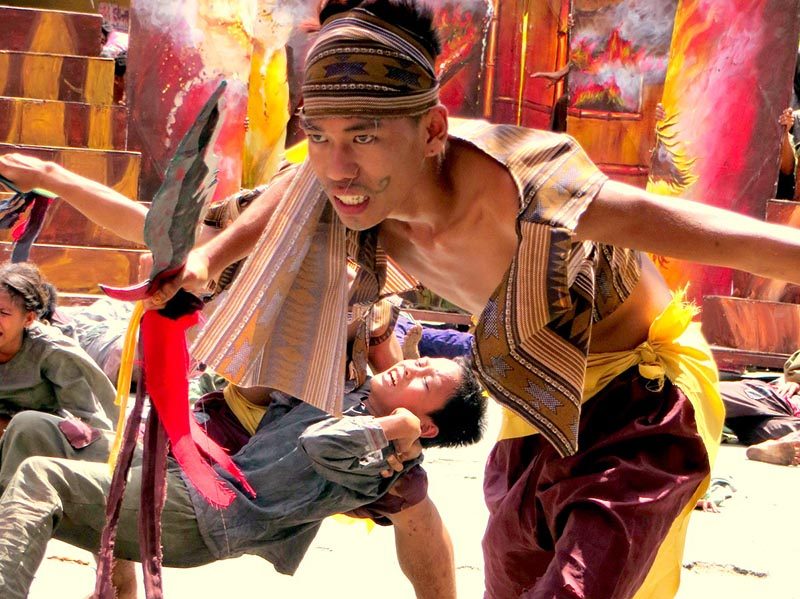
The dance picked up again, now a showcase of pride and resilience, as new backdrops feted the building of the present church.
Glittering spectacle
I was captivated by the drama of the battle, but looking back, I see that the showcase works as the origin fable of the town church. Sto Tomas de Villanueva Parish Church, better known as Miagao Church, is a marvel of Baroque architecture.
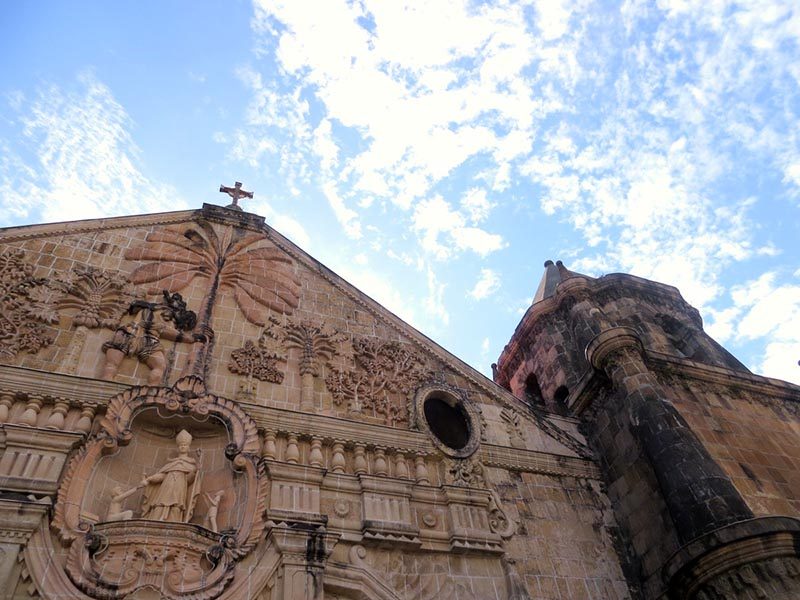
Its most striking feature is the intricate bas relief carved upon its facade, depicting a coconut palm with its leaves outspread, and St. Christopher bearing the Child Jesus. Wonderfully ornate designs frame the arched windows, and also fringe the gold-plated retablo behind the altar.
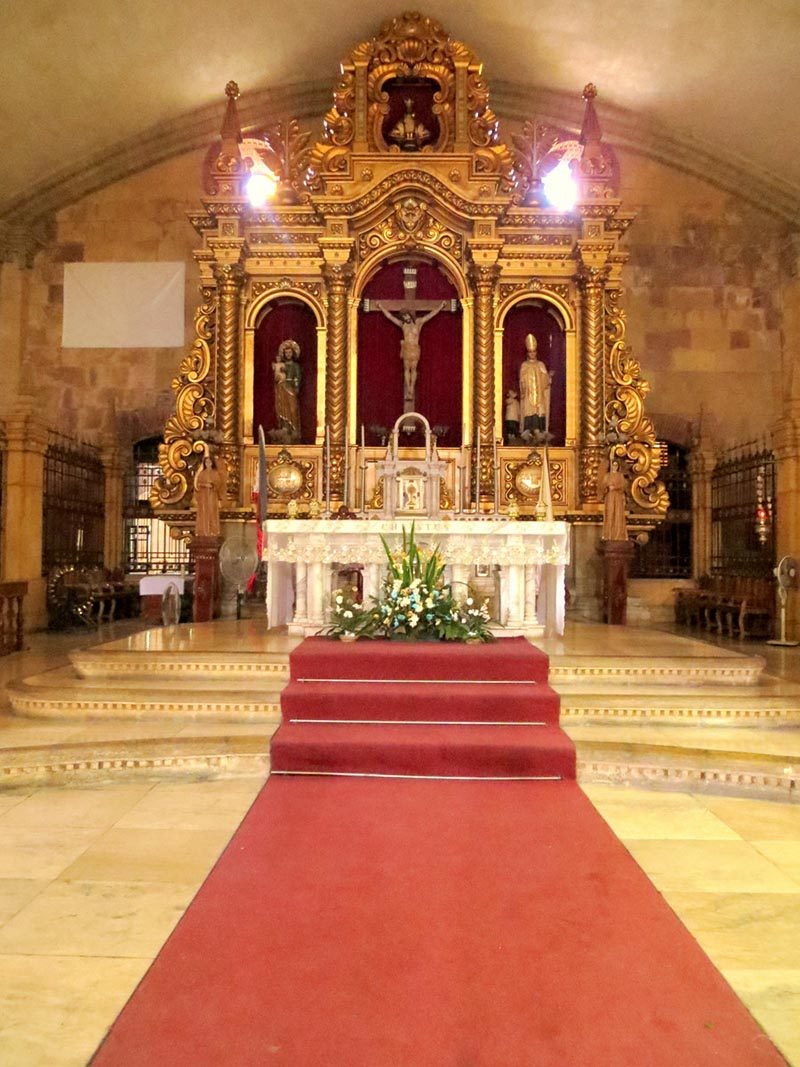
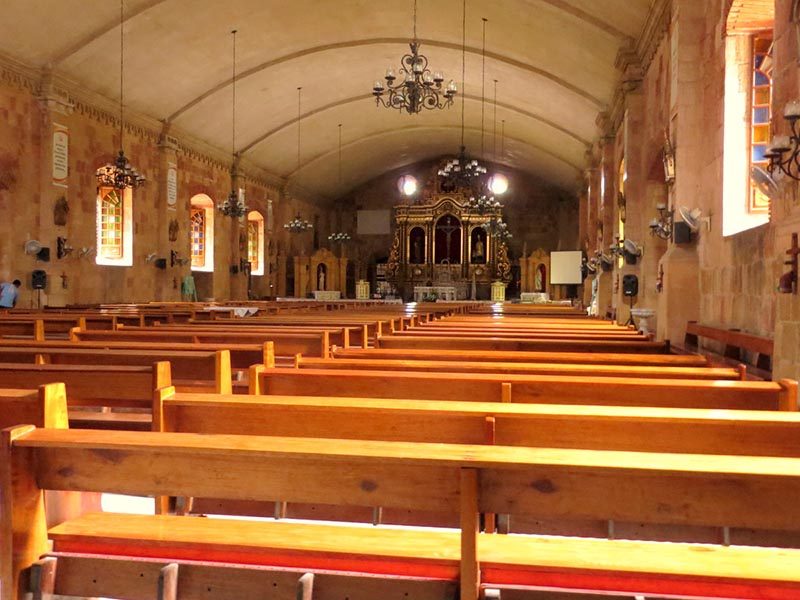
The church is what put Miagao on the map. It’s a gorgeous historical building and a UNESCO World Heritage Site. Travelers come from all over to admire it. Many of them don’t think to explore the town much further. Neither did I, the very first time I went there. Only on my second visit (to see the festival) did I get to know the town a great deal better.
I came away from that visit with the picture of a Miagao composed of varied, almost contrasting shades. On the one hand, it truly is a small town, with every bit the character you would expect of one. The locals are warm and hospitable, making outsiders feel like honored guests, taking pains to see that they’re well cared for – and well fed. And even though everyone’s toting a smartphone, you get the sense of a place that’s an era with roots still in the past – in a good way.
As if I hadn’t already been convinced, the Queen of Miagao coronation night proved a stunning showcase of the town’s charm. The momentousness of the small-town beauty pageant as an event was underscored by a stupendously lavish presentation. All of the candidates were bedecked in fairytale gowns, each girl evoking Cinderella at the ball.
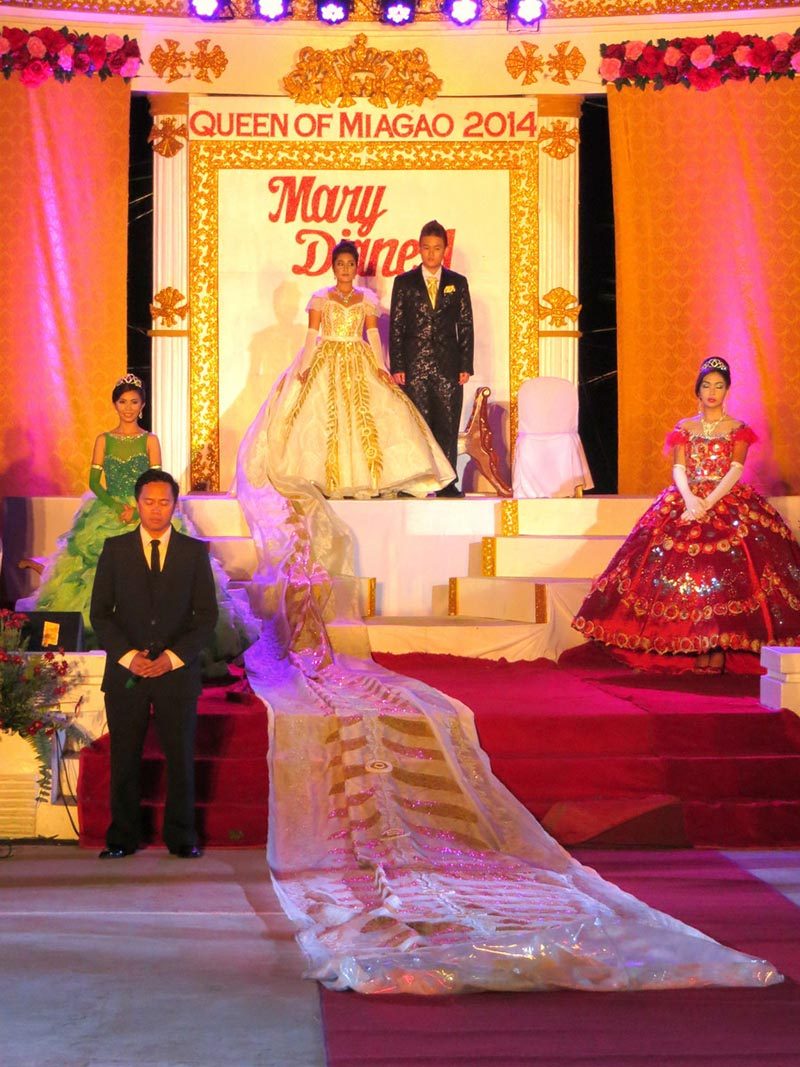
The Queen of Miagao paraded to the stage while her attendants doled out a staggering length of train that stretched all the way across the ballroom floor. To my eyes, the night went by in bizarre spectacle – yet I was enraptured and amazed, all the same. What a great show it was, seriously.
A university town’s charms
There are other sides to Miagao, too. For one thing, it’s a university town, home to a component campus of the University of the Philippines Visayas (UPV). This makes it a breeding ground for progressive young minds. I got to spend a day hanging out with a couple of university students, Carm and Ayen. We started my tour of the campus with a visit to St. Michael’s Dormitory.
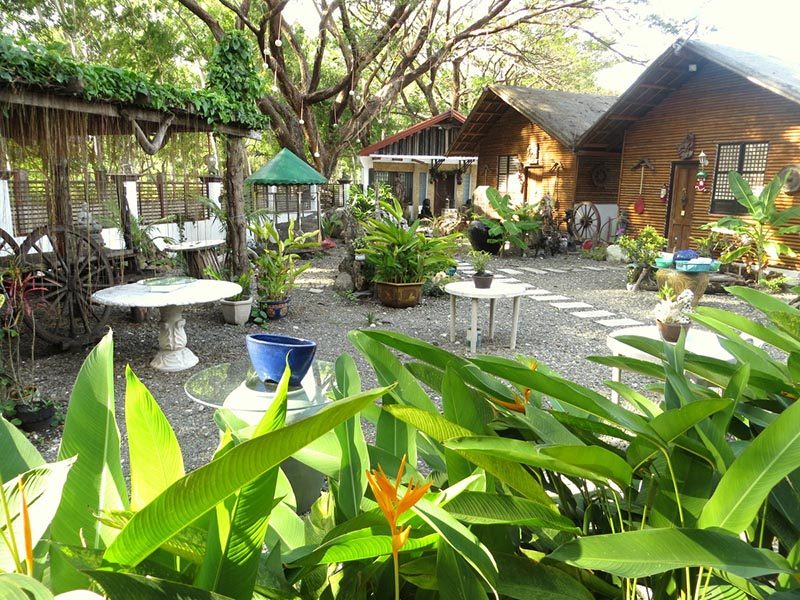
Tucked at the end of a heliconia-lined path, this elegant boarding house concealed a restaurant, gallery, and garden.
At the entrance to St. Michael’s, I was greeted by the stone figure of a scowling Chinese warrior adorned with dragon tattoos and long flowing whiskers. Past it, I emerged into the dining area, a wonderland of art, pottery, and assorted bric-a-brac.
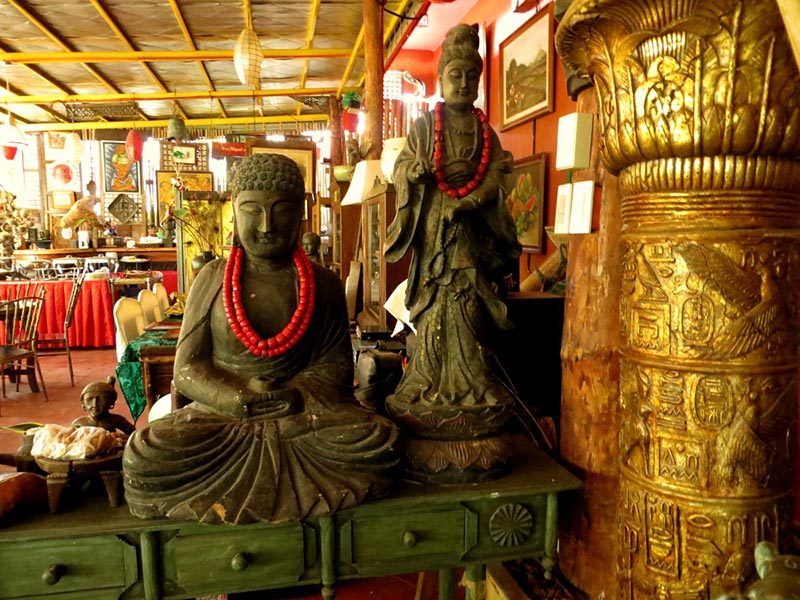
Despite the eccentric hodgepodge, there was a sense of harmony to the place. We relaxed, had coffee, and browsed the motley collection – the Buddhist statues, the equine sculptures, the golden pillar, even the bone segments from the spine of a whale shark.
From St. Michael’s, we began a walk towards the university’s Museum of Natural Sciences. This took us down a lovely country road lined with birch and acacia trees. Aside from the occasional passing jeepney, it was blissfully serene.
The museum turned out to be closed. (It was a holiday.) So we went to the main campus area and posed for pictures with the Diwata ng Dagat (“Sea Nymph”), a towering water goddess who stood astride a trio of huge, gulping fishes. The magnificent sculpture was created by the National Artist Napoleon Abueva.
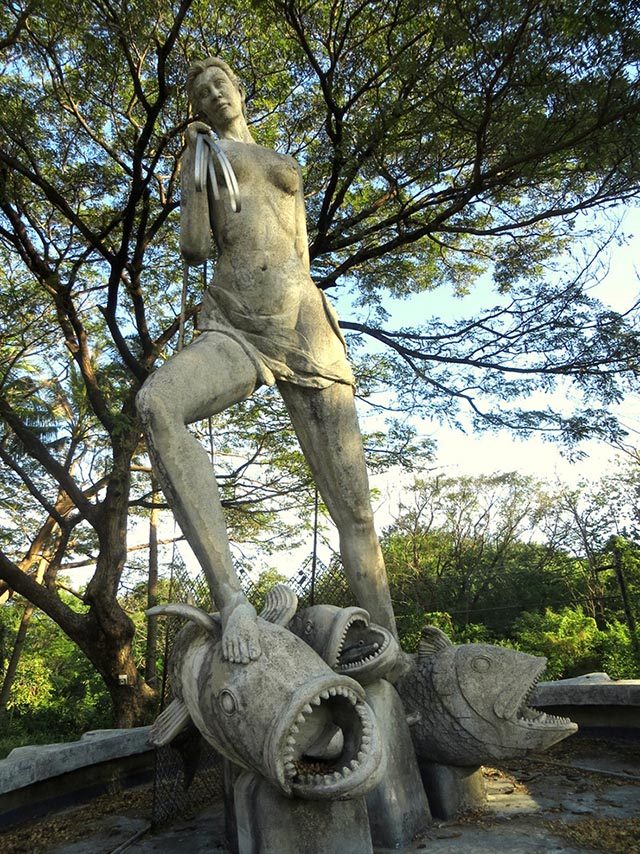
We then walked to the beach area. Imagine, a university that has its own beach! It’s a black sand beach, and low on frills. Still, it’s nifty, isn’t it? A gate bars students from direct access to the beach. However, it was a holiday, and we were allowed to go down and stroll on the sands. The beach wasn’t too pretty, but it was clean, and the sea looked inviting. We didn’t have our swimsuits, though. (READ: #ShareIloilo: Bantigue Island, Isla Gigantes)
The garden of artsy delights
We left the campus and made for a nearby Japanese restaurant named Sulu Garden. It’s a place I kept returning to throughout my trip. As nice as Miagao can be, I’ll admit the town can sometimes feel ever so sleepy. Sulu Garden takes up some of the slack by hosting events such as art shows and film screenings.
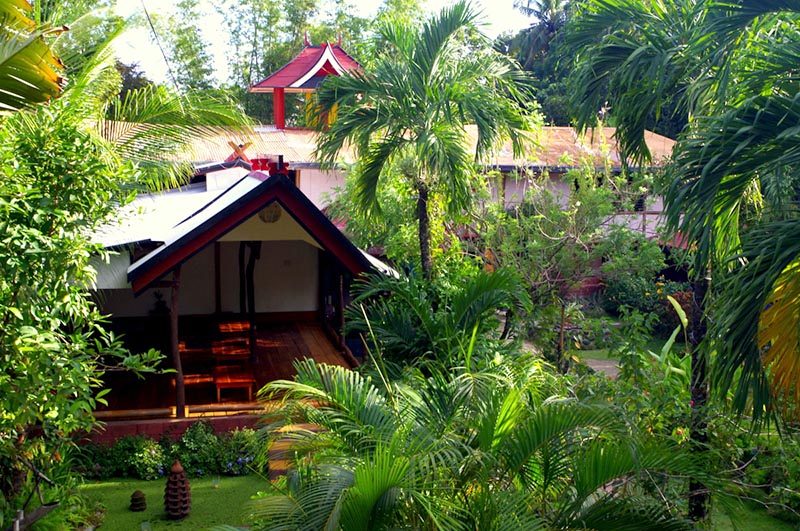
The night before, they’d screened Akira Kurosawa’s The Hidden Fortress. Sulu Garden’s the coolest place in Miagao, in my book. That’s not meant backhandedly; it would be a cool place no matter where it was.
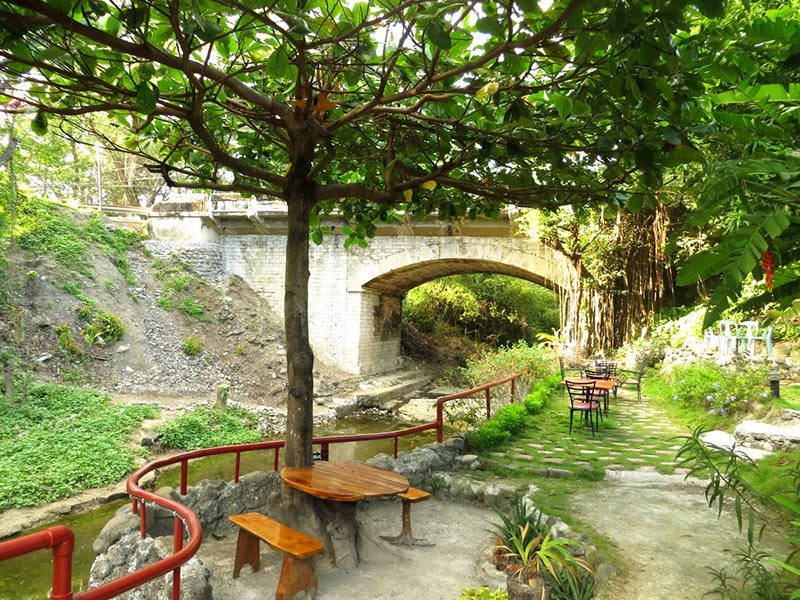
On arriving at the restaurant, we were amazed to find people in wild fantasy costumes roaming about the garden. These were Revenants, a troupe of cosplayers from Iloilo City, who’d come to do a photoshoot for fun.
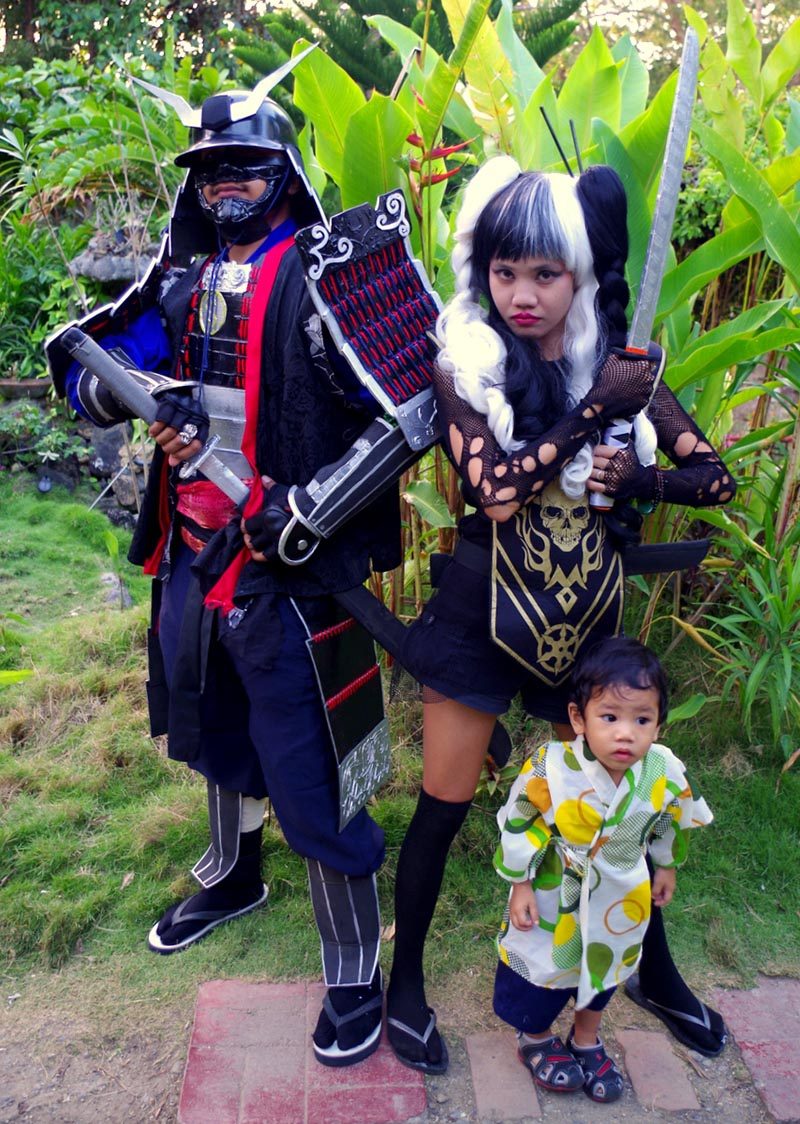
Among them was a small boy, Lil Kay, looking cute in a summer kimono. Accompanying him was his mom, all dolled up in giant cartoon braids and wielding a mighty kitana. We admired the costumes, took photos, sat down to enjoy good sushi. It was a memorable finish to a colorful trip packed with surprises. (READ: Rundown: La Paz Batchoy, Pancit Molo, and the iconic Iloilo eats)
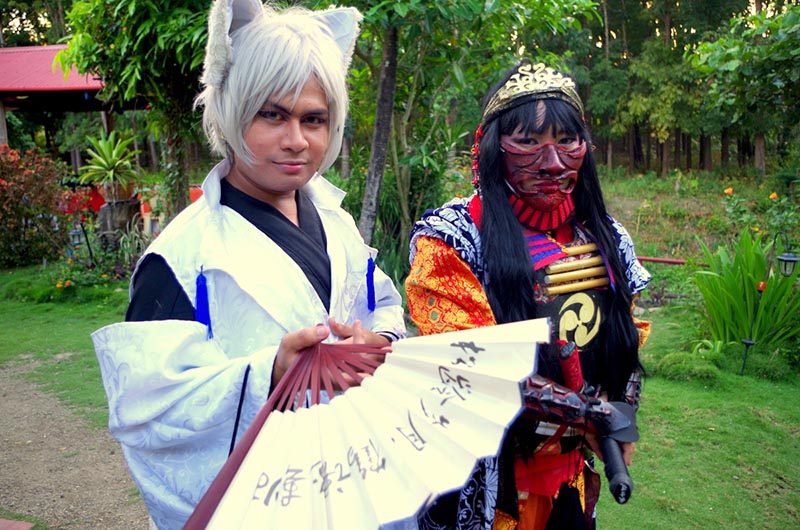
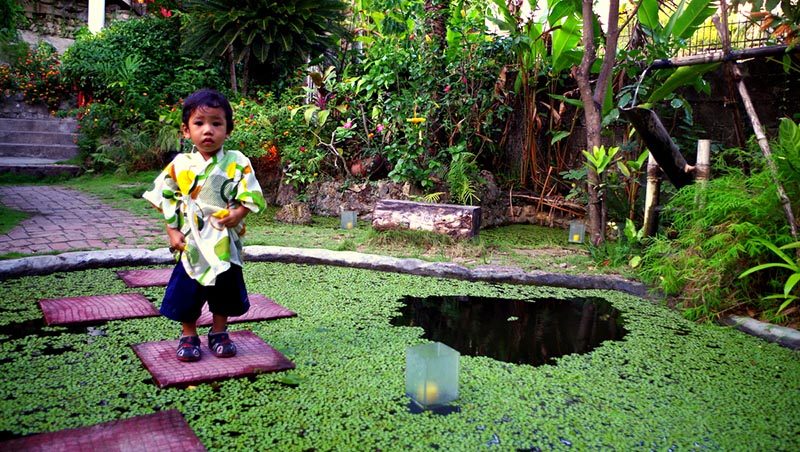
There was more to my Miagao experience. The fabulous church alone is worth a look, but visitors won’t regret staying for a while. They can enjoy fresh seafood at the beach, explore the UPV campus, observe bats, and have a beer at Sulu Garden.
Those looking for adventure can go trekking in the mountainous parts of the town’s outerlying barangays. They can explore Lake Danao, Sinohutan Cave, various waterfalls, and the Miagao Rice Terraces. Those are places I’ve yet to see myself – now I have quite a few reasons to go back. – Rappler.com
Oz Mendoza is a freelance writer and photographer. A graduate of the UP College of Fine Arts, he began his career as an illustrator and web designer before exploring the life of a writer. Recently, he became the proud adopter of a new kitten.
Add a comment
How does this make you feel?
There are no comments yet. Add your comment to start the conversation.